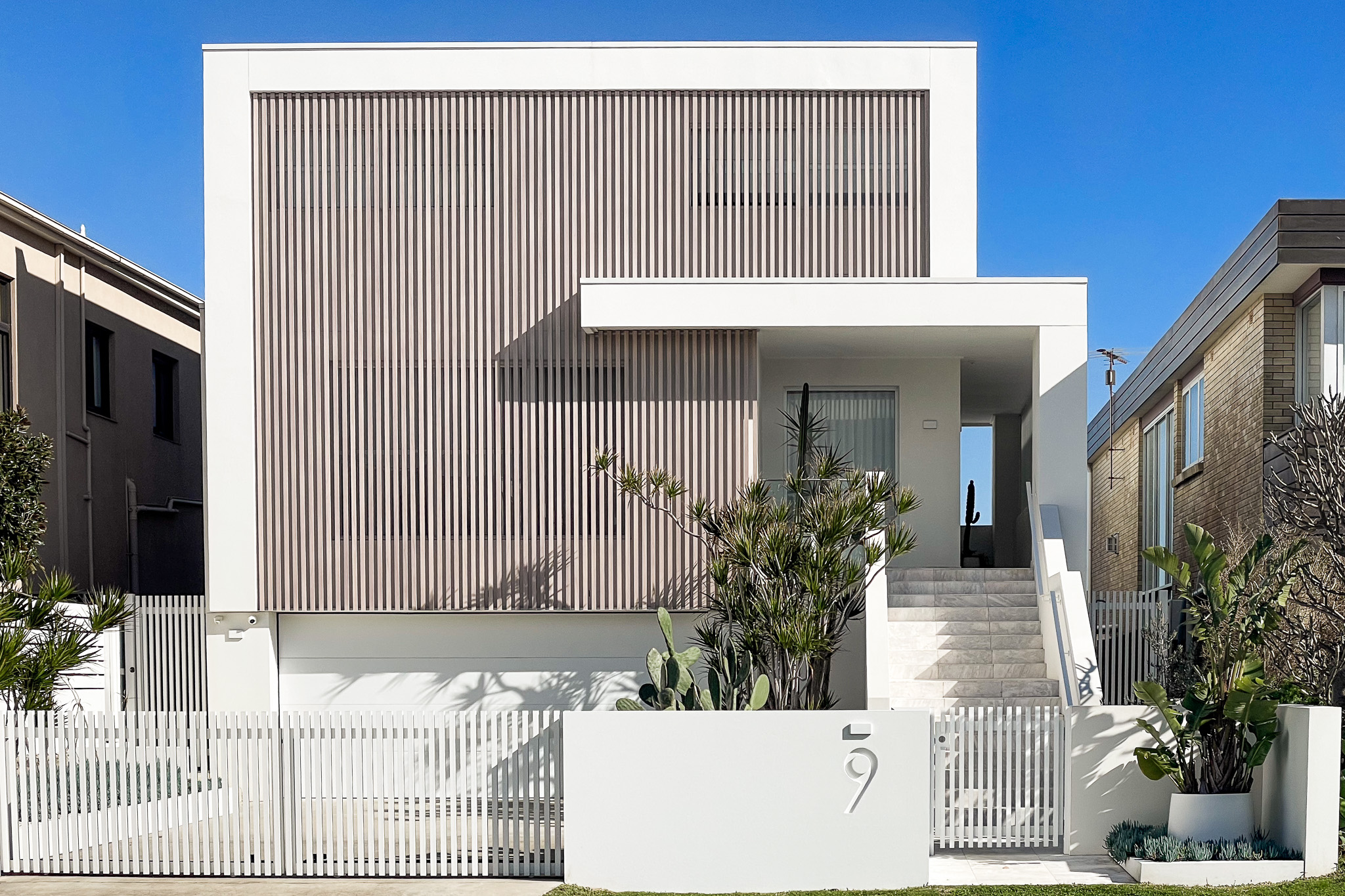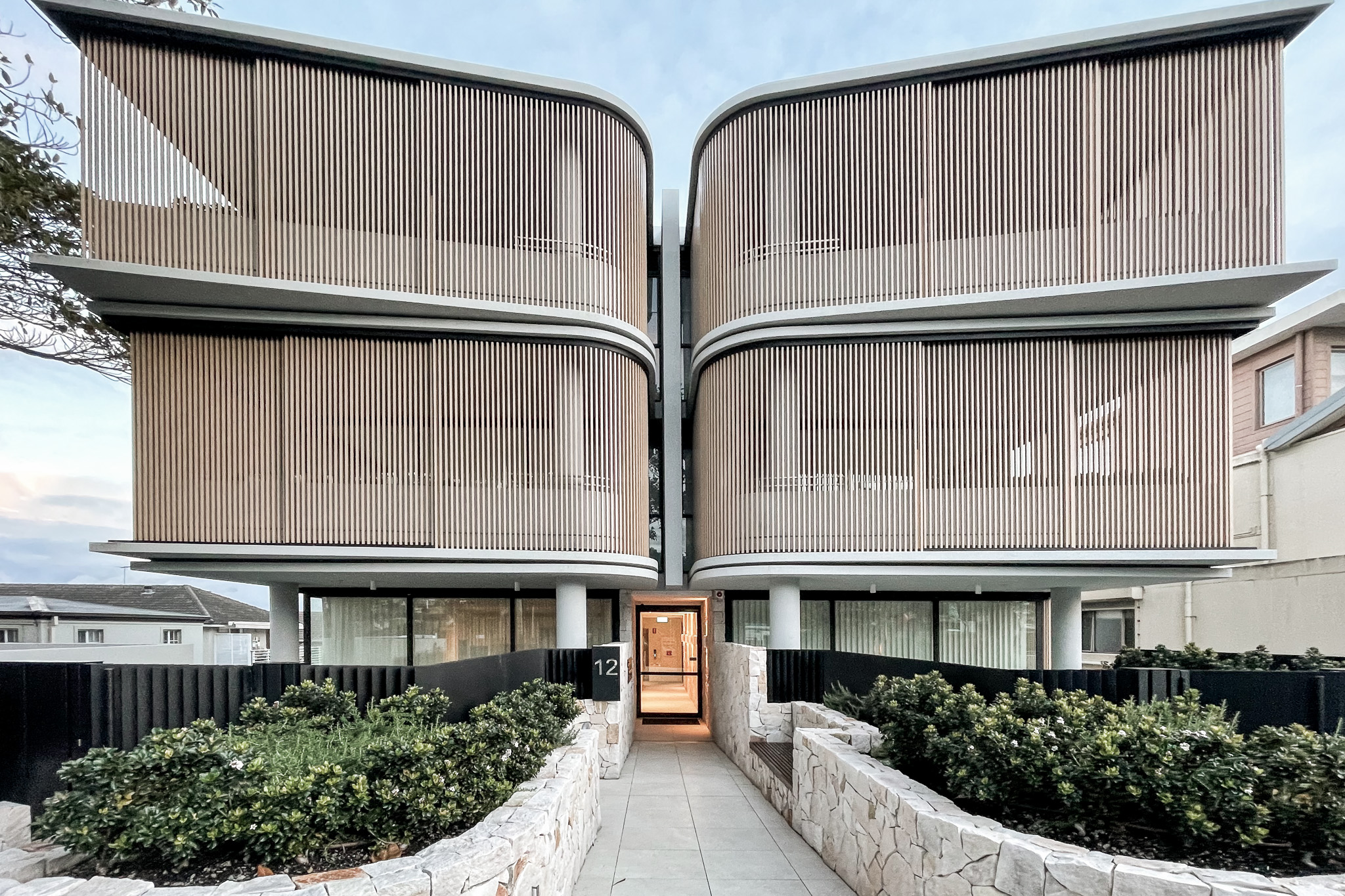August 2022
Te Mata is one of my favourite New Zealand wineries.
I have a long-standing connection to Te Mata Estate winery that began in the mid 1980s when I worked for the Waikato Savings Bank.
For reference, in the mid 1980s, we were installing and running a network of cutting-edge banking technology, including ATMs and EFTPOS and some of the country's first personal computers, desktop PCs, when Intel 286s briefly ruled on the desks of larger New Zealand businesses.
My then boss (and no doubt wine enthusiast), the enterprising and very patient Bruce F, mentioned John Buck CNZM OBE and we talked about what he was doing at Te Mata.
Fast forward a number of years to when I got my hands on the Interior Architecture and Design magazine (YMPA Publishing) featuring Buck House, 378 Te Mata Road, Havelock North.
From the road, it appeared that Te Mata's flagship Coleraine vines grew right on up and through the house. The building's bold architectural design statement was incredible and the article was a catalyst for my own love of design, architecture... and wine.
With various house moves I misplaced that magazine copy, which I regret.
I've been fortunate enough to have been gifted a few bottles of Coleraine over the years, generally on my birthday. If you've been fortunate like me you'll know gifting Coleraine should be encouraged.
Here's some background on Te Mata.
I hope you have the opportunity to visit at some point, and to experience one of New Zealand's oldest and best wineries.
Established in 1896, Te Mata Estate remains family owned, producing internationally recognized wines exclusively from its Hawke’s Bay vineyards.
"Te Mata Estate was originally part of Te Mata Station, a large pastoral land-holding established by English immigrant, John Chambers, in 1854. A homestead and stables were built on the property in the early 1870’s.
After returning from France, John Chamber’s third son, Bernard, had the idea to plant vineyards on the north-facing hills around Havelock North. In 1892, Bernard Chambers planted vines on three parcels of hillside land above the homestead and began converting the original stables to ferment and mature these first Te Mata Estate Wines. Today, Te Mata Estate still uses those same three vineyards.
The Chambers family sold the property in 1919. Te Mata Vineyards (TMV) was established and the property had two other owners until it was acquired by the Buck and Morris families in 1974 – the two families behind the modern interpretation of this historic New Zealand estate."
My recommendation.
We popped into the winery over Queens Birthday weekend to sample their most recent vintage, which is... well, as brilliant as ever.
If you like red and you're looking to experience the best of Te Mata Estate yourself, I recommend Te Mata's premium collection of three Showcase wines:
2x Coleraine Cabernets/Merlot ’20
2x Awatea Cabernets/Merlot ’20
2x Bullnose Syrah ’20.
"The jewels of a sublime vintage presented in a wooden box of six."
Knowing what I know about the quality, relative scarcity and popularity of this wine, the term 'while stocks last' comes to mind.

Architecture.
Taken from the website:
"The aim was to create a modern winemaking complex that reflected the character of the landscape. Specialising in infill architecture and innovative modernist design, Athfield Architects created a series of buildings to reflect the art deco heritage of Hawke’s Bay and the art nouveau heritage of the original Chambers homestead.
Incorporating the original winery, Athfield Architects designed an original New Zealand modern wine-making environment using local materials and limewash colours.
In 1987, a winemaker’s laboratory and staff facilities were added, as well as new office spaces and a visitor centre. In 1991, these buildings were complemented with a red wine fermentation room. A purpose-built packaging and labelling warehouse was constructed in 1994."



Buck House.
Tucked amongst the Coleraine vines, the winery owner's Buck House was designed by Ian Athfield in 1980.

Taken from the Heritage New Zealand website:
"Buck House is an important example of Modern Movement architecture in New Zealand.
The house represents the culmination of a body of work of Ian Athfield, one of New Zealand's most important twentieth century architects. Athfield has established a reputation for work that is noted for its inventiveness and considered reference to both national and international canons of twentieth century architecture.
Buck House is a bold departure from traditional colonial housing in New Zealand. Its broken, asymmetrical forms, which call on traditional forms of gables, verandahs and chimneys, present a radical interpretation of the standard language of New Zealand farmhouses. The experimental use of draped and plastered mesh is an important feature of much of Athfield's domestic work, and this building is an important example of this expressive technique. Its sculpted white forms, restrained palette of materials and details and considered relationship between form and function align the building with international modernist ideals, while its references to a local vernacular of pioneering simplicity and human scaled proportions align it with New Zealand modernist concerns.
The building's association with an important New Zealand vineyard, namely Te Mata Estate Winery Ltd, has increased the reputation of the house. Buck House is now linked with the vineyard's image and has featured on numerous advertisements for, and in publications about the vineyard, playing an important role in its growth.
Buck House is recognised in international literature as an outstanding example of twentieth century architecture in New Zealand. The building has been widely documented, and features in publications such as Architectural Digest (Jan 1987), and Hauser (May 1987). It has been identified by DocomomoNZ as one of nineteen buildings to represent the Modern Movement in New Zealand."
All images ©️MrWolfe 2022, unless otherwise stated. All rights reserved.




